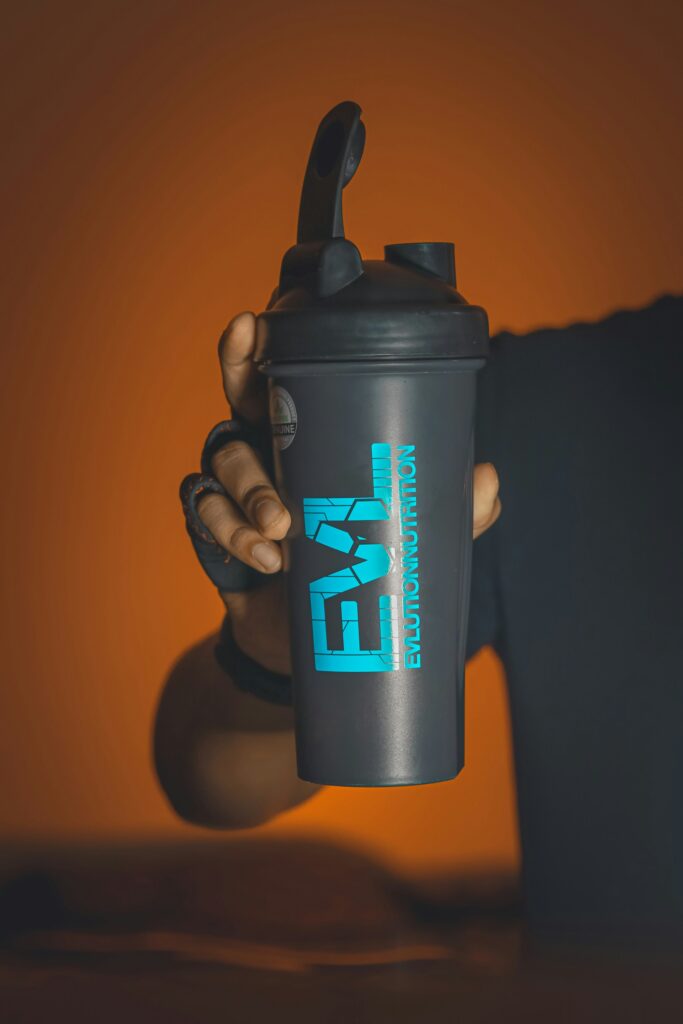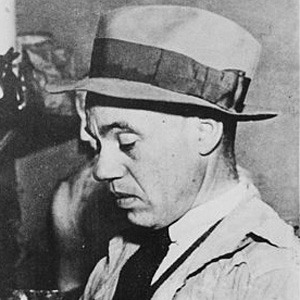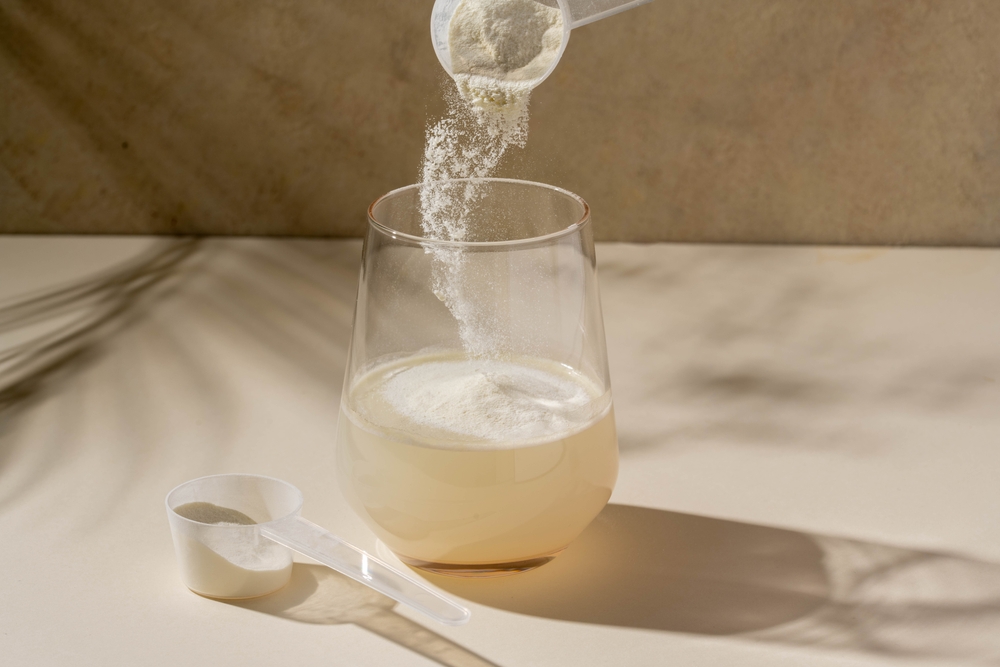I’ve been sore for weeks. Not the good kind of sore that makes you smile knowing you put in work. This is the soreness that lingers, that greets you when you wake up and follows you when you lie down. For me, it came after a streak of doing nearly a hundred pullups a day. Even on the days I rested, the soreness didn’t leave. I’ve tried what usually helps—swimming, time in the sauna, stretching—but the ache remained stubborn. Then one afternoon, my phone rang. A close brother of mine was on the line, and without small talk, almost as if picking up the thread of our last conversation, he asked: “Are you taking any amino acids? Creatine?”
That question pulled me back years. In my youth, I went through a short phase where I thought I might take weight training seriously. During that time, I tried creatine briefly, but the phase ended quickly, and the supplement disappeared from my memory. I hadn’t thought about it again until he asked me. Now, with the soreness refusing to fade and with decades of research available, I’ve decided to give it another try—not as a miracle fix, but as an experiment to see how my body responds and whether it can help me recover better.
People often talk about creatine as if it’s some synthetic powder dreamed up in a lab, but the truth is it’s as natural as it gets. Our bodies make it every day in the liver, kidneys, and pancreas, drawing from the amino acids arginine, glycine and methionine. From there, it travels through the blood and settles mostly in our muscles, where it acts like a charger for the body’s battery pack. When energy runs low, creatine donates what’s needed to bring ATP—the spark that powers every pull, push, and sprint—back to life. Even our brains store creatine, leaning on it for clarity and quick thinking.
This is why scientists are clear: creatine is not a performance-enhancing drug. It’s not banned by athletic commissions or sports bodies, because it doesn’t unnaturally alter hormones or force the body into states it wasn’t designed for. Instead, creatine simply adds to what the body already produces and what’s already present in foods like red meat and fish. In that sense, it’s closer to eating nutrient-dense food than taking a steroid. What creatine does is support a system the body is already built to run—it tops off a natural reservoir so the muscles and mind can draw on it when needed.

So if the body already makes creatine, why take more? Because demand often outpaces supply. The average person produces about a gram a day, and diet adds another gram if you eat meat or fish. But athletes, heavy lifters and even those under constant mental stress burn through it quickly. When training loads spike—like cranking out hundreds of pullups each week—natural reserves can’t keep up. Supplementing with creatine replenishes those reserves, allowing muscles to recharge faster, recover sooner and experience less pain. What feels like endless soreness can often be the body asking for more fuel than it can manufacture on its own.
Science has backed this up for decades. A 2017 review called creatine “the most effective ergogenic nutritional supplement available.” It builds strength, yes, but its deeper power lies in recovery. It hydrates muscle cells, shields them from damage, reduces inflammation, and even protects neurons in the brain. Researchers studying neurological diseases like Parkinson’s and ALS have found creatine to be a quiet ally, extending energy to the cells that need it most. Dr. Richard Kreider, one of the leading voices in creatine research, put it simply: “Creatine is not just about strength. Its real power is in resilience.”
More recently, scientists have discovered creatine’s role in healthy aging. A 2019 paper in Nutrients reported that creatine supplementation helped older adults improve muscle mass, functional strength, and even daily mobility, making it a tool against frailty. Another study published in Neurotherapeutics highlighted creatine’s neuroprotective effects, showing that it supports the nervous system by buffering energy demands in brain cells and potentially slowing cognitive decline. Trials in older adults have found improvements in short-term memory and mental fatigue, suggesting that creatine nourishes not just the body but the mind.
At the same time, I have to acknowledge another route: some people choose to get their edge purely through whole foods. Red meat and fish supply creatine directly, while plants like spinach, beets, and pomegranates boost blood flow and oxygen delivery, easing recovery in different ways. Bananas and avocados provide potassium, watermelon delivers citrulline, and dark leafy greens flood the body with antioxidants. Dr. Michael Greger, author of How Not to Die, has argued that “the body is designed to thrive when fueled by whole plant foods that work in concert, not isolation.” His view reflects a philosophy that what creatine offers in concentrated form can also be pursued through dietary abundance and balance.
So there is a choice: supplementation or food-first. Both routes hold wisdom. For some, a scoop of creatine offers the most practical path. For others, the discipline of whole foods provides not only fuel but spiritual alignment with natural living.
But no tool is without cautions. Some people experience bloating or stomach upset if they take too much at once. Because creatine pulls water into muscle cells, it can make you feel heavy if you’re not hydrating properly. Those with kidney disease are advised against it, since creatine is filtered through the kidneys. And quality matters—cheap, untested powders can carry impurities that do more harm than good. For healthy people, however, study after study has shown creatine to be remarkably safe when taken responsibly.
What caught my attention is how even naturopaths, who are often cautious about supplements, have embraced it. Dr. Tieraona Low Dog, trained in both conventional and herbal medicine, described creatine as “a naturally occurring compound that, when used wisely, supports both athletic performance and healthy aging.” That perspective reframes creatine as less of a performance enhancer and more of a cellular ally, a booster that supports what the body already knows how to do.
Still, balance is the foundation of all healing. Creatine won’t save you from overtraining, poor sleep or a neglected diet. It’s not a substitute for rest—it’s a companion to it. As Imam al-Ghazali wrote in The Alchemy of Happiness, “Your body is the vehicle of your soul; care for it as you would a trusted steed on a long journey.” Nearly a thousand years later, neuroscientist Andrew Huberman echoes the same truth in modern language: “Recovery is not passive. It’s an active process where the nervous system and body reset so you can push forward again.”
I’m still wrestling with my hundred-pullup habit, but I think of recovery differently now. Rest isn’t weakness—it’s wisdom. Supplementation isn’t soft—it’s strategy. And creatine? I don’t see it as a shortcut, but as a tool I’m going to revisit for a while, to see how or what benefits I may experience with it. If it eases the ache, steadies the journey, and even protects the mind and body as the years move forward, then it will have earned its place.







